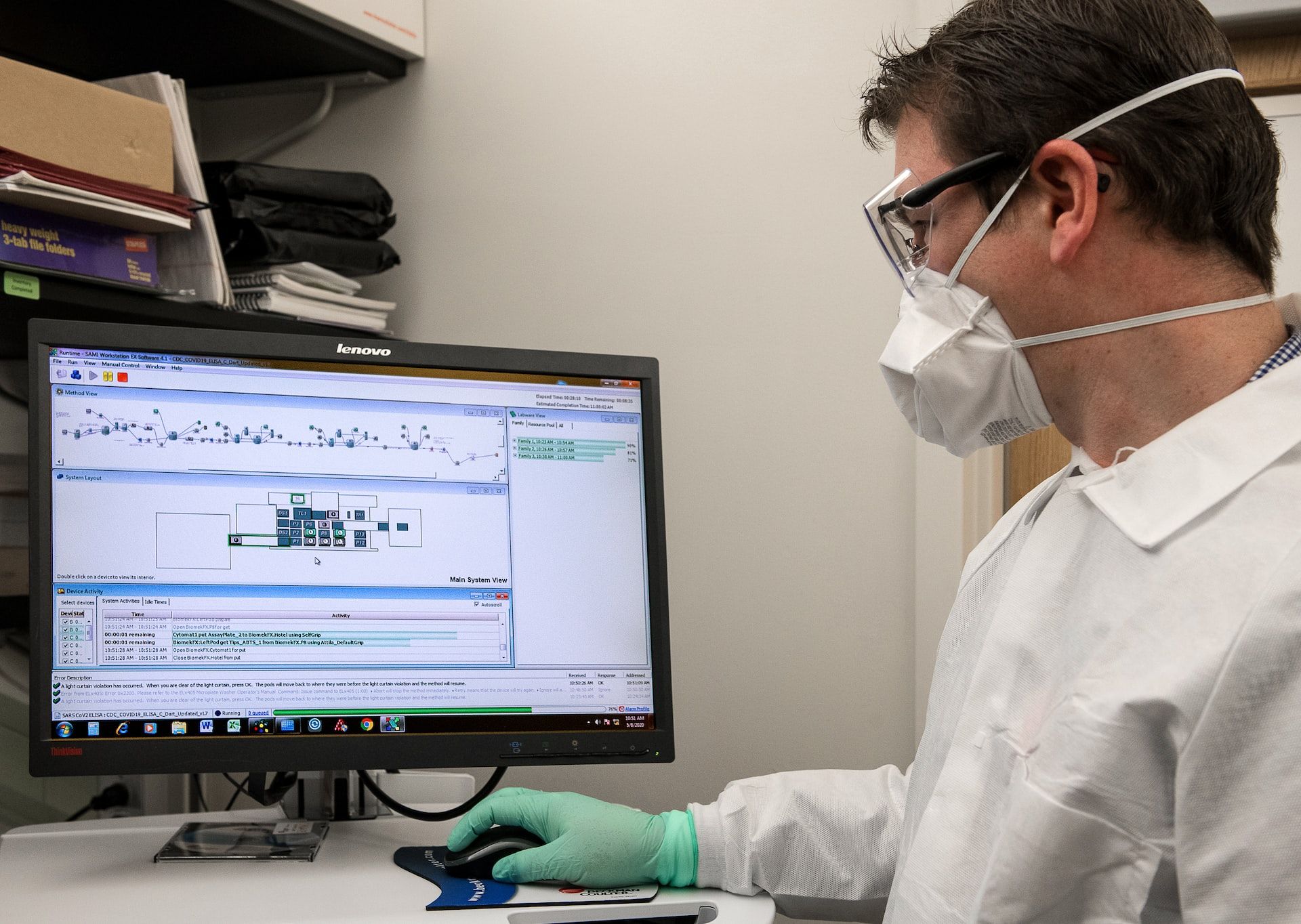What is a Care Plan
DIABETES
WHAT CAUSES IT?
HOW DO WE TREAT THE CONDITION?
What is Diabetes
Diabetes is a chronic medical condition characterized by high levels of sugar (glucose) in the blood.
There are two main types of diabetes:
Type 1 and
Type 2.
The cause of type 1 diabetes is an autoimmune destruction of the insulin-producing cells in the pancreas, while the cause of type 2 diabetes is a combination of genetic and environmental factors, including lifestyle choices such as poor diet and lack of physical activity..
Type 1 and
Type 2.
There are several treatment options available for diabetes, including:
Lifestyle changes: Eating a healthy diet, getting regular exercise, and maintaining a healthy weight can all help to improve blood sugar control and reduce the risk of complications.
Medications:
There are several different types of medications that can be used to treat diabetes, including:
Metformin:
This is the most commonly prescribed medication for type 2 diabetes. It helps to lower blood sugar levels by reducing the amount of glucose produced by the liver and increasing the sensitivity of cells to insulin.
Sulfonylureas: These medications stimulate the pancreas to produce more insulin.
DPP-4 inhibitors: These medications help to increase the amount of insulin produced by the pancreas and slow down the absorption of glucose in the gut.
GLP-1 receptor agonists: These medications stimulate the production of insulin and slow down the absorption of glucose in the gut.
SGLT2 inhibitors: These medications help to lower blood sugar levels by increasing the amount of glucose excreted in the urine.
Insulin: Insulin therapy may be needed for those with type 1 diabetes or those with advanced type 2 diabetes who are unable to control their blood sugar levels with lifestyle changes and oral medications.
Bariatric surgery: For those who are severely obese and have been unable to achieve blood sugar control through lifestyle changes and medications, bariatric surgery may be an option. This type of surgery can help to achieve significant weight loss and improve blood sugar control.
Continuous glucose monitoring: this type of monitoring involve using a small sensor that is placed under the skin and wirelessly sends glucose level data to a device that displays the glucose level. this can be useful for people with type 1 diabetes who need to monitor their glucose levels frequently and adjust their insulin doses accordingly.
It's important to note that the
best
course of treatment will depend on the individual and the severity of their diabetes, and it's always best to consult with a healthcare professional to determine the best course of treatment for you.
Ozempic (semaglutide)
A medication that is administered via a pre-filled, single-dose pen. It is used to improve blood sugar control in adults with type 2 diabetes. Ozempic is a type of medication called a GLP-1 receptor agonist, which helps to lower blood sugar levels by stimulating the production of insulin and slowing down the absorption of glucose in the gut.
The Ozempic pen is a device that is used to deliver the medication under the skin (subcutaneously). The pen is pre-filled with the medication and has a dial to adjust the dose. To use the pen, you will first need to check the expiration date, and then remove the pen cap. Next, you will need to dial the appropriate dose and inject the medication under the skin of your stomach, thigh, or upper arm. After use, you will need to replace the pen cap and dispose of the pen properly.
Ozempic is usually taken once a week, but the frequency of use and dosage will depend on the individual and the severity of their diabetes and it's always best to consult with a healthcare professional to determine the best dosage and course of treatment for you.
It's important to note that these are only some tests used to diagnose diabetes and it's always best to consult with a healthcare professional to confirm diagnosis and discuss the best course of treatment for you.
In recent time this medication has been publicized as the "thin pen" advertising that it is also used for weight loss. Since this news there is a shortage of the medication in the market. It is said to be only available for distribution in end of March 2023.
Testing for Diabetes
There are several tests that can be used to diagnose diabetes:
(i) Fasting blood sugar test:
This test measures the amount of glucose in your blood after you have fasted for at least 8 hours. A level of 126 mg/dL or higher on two separate tests indicates diabetes.
(ii) Oral glucose tolerance test:
This test measures your body's response to sugar. After fasting, you will drink a sugary liquid, and your blood sugar levels will be measured at regular intervals. A level of 200 mg/dL or higher 2 hours after the start of the test indicates diabetes.
(III) A1C test:
This test measures the average amount of glucose in your blood over the past 2-3 months. An A1C level of 6.5% or higher on two separate tests indicates diabetes.
(IV) Random blood sugar test:
This test measures the amount of glucose in your blood at any given time. A level of 200 mg/dL or higher indicates diabetes.
Support Services for Patients
There are several support services available for people living with diabetes
(i) Diabetes Australia website
has a wealth of information for patients
(ii) Flora Hill Medical Centre
Doctors at he medical centre will asses and recommend
a care plan for longer term management



